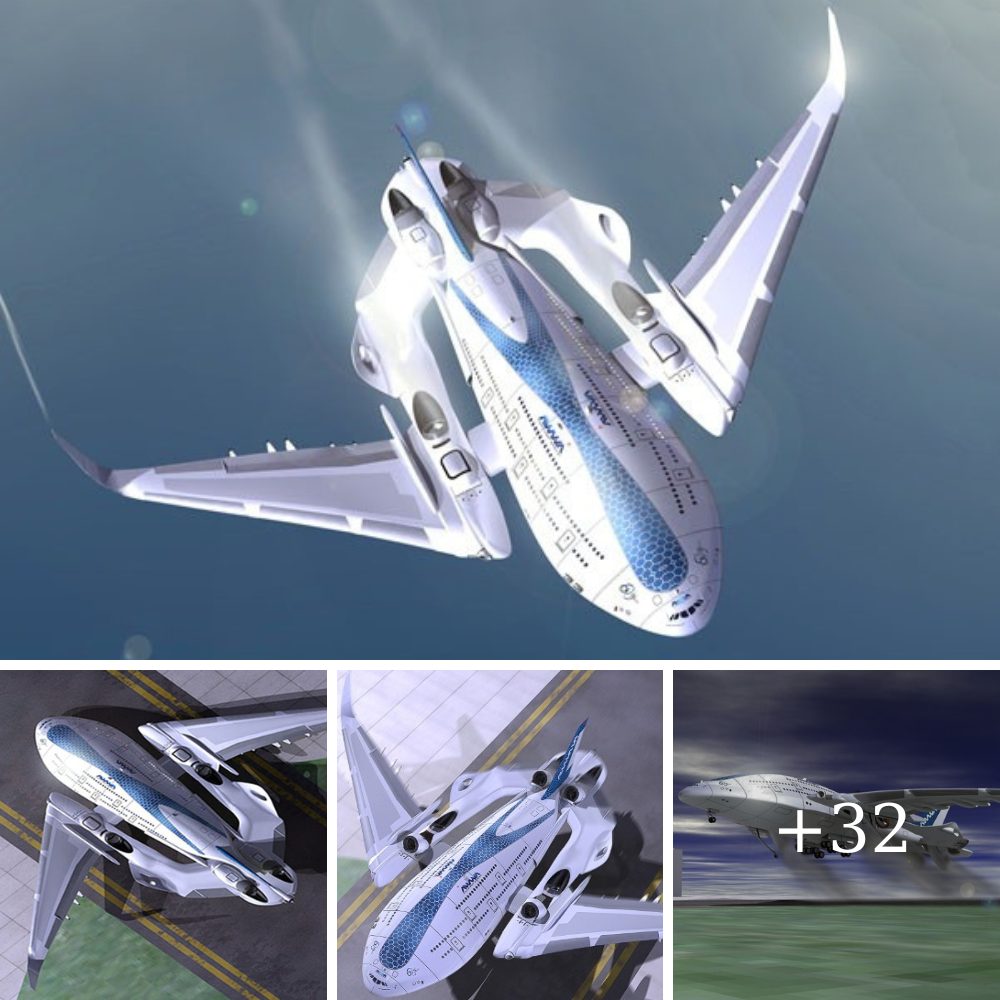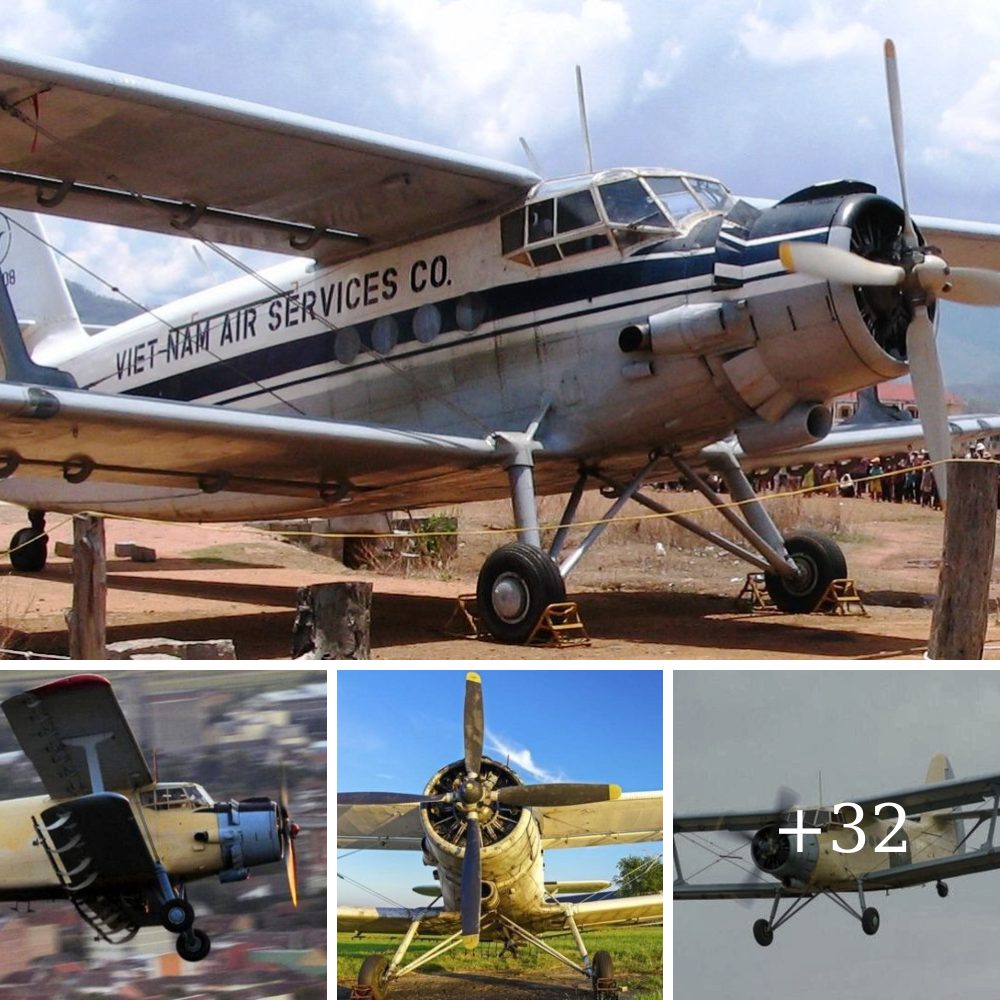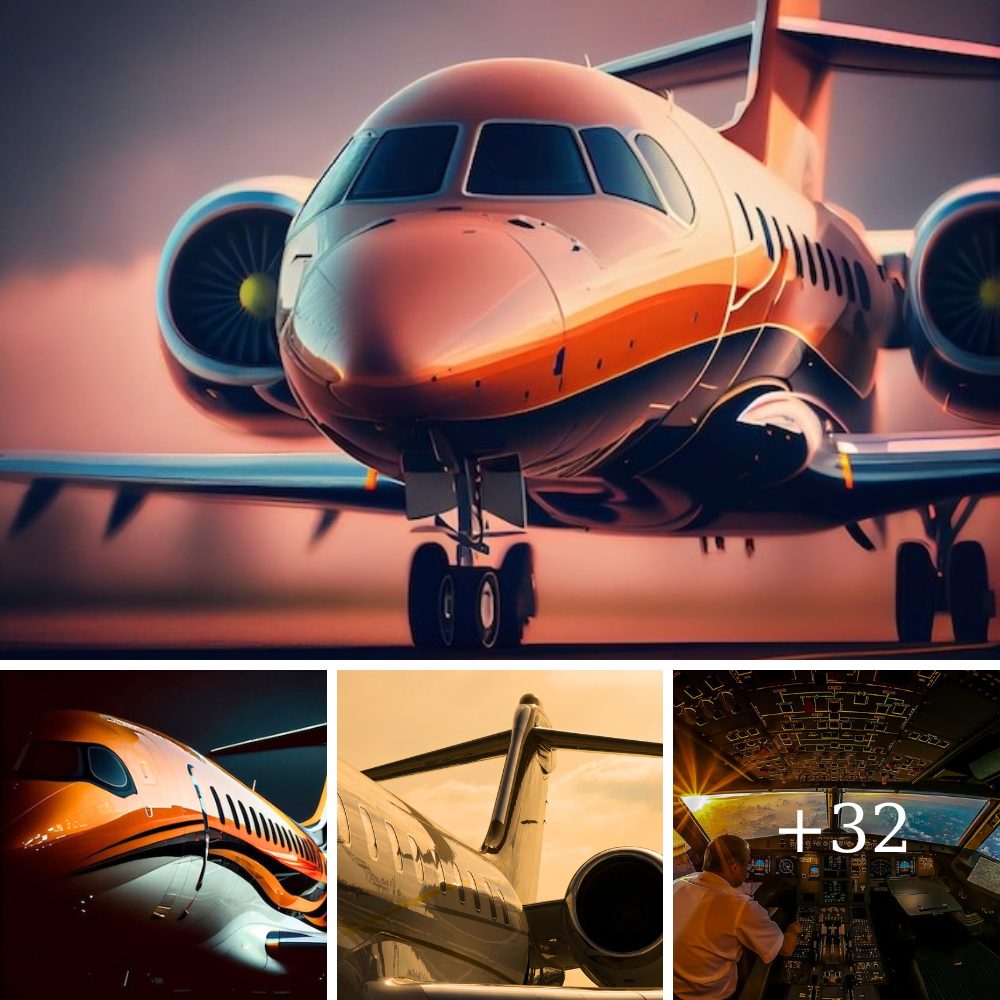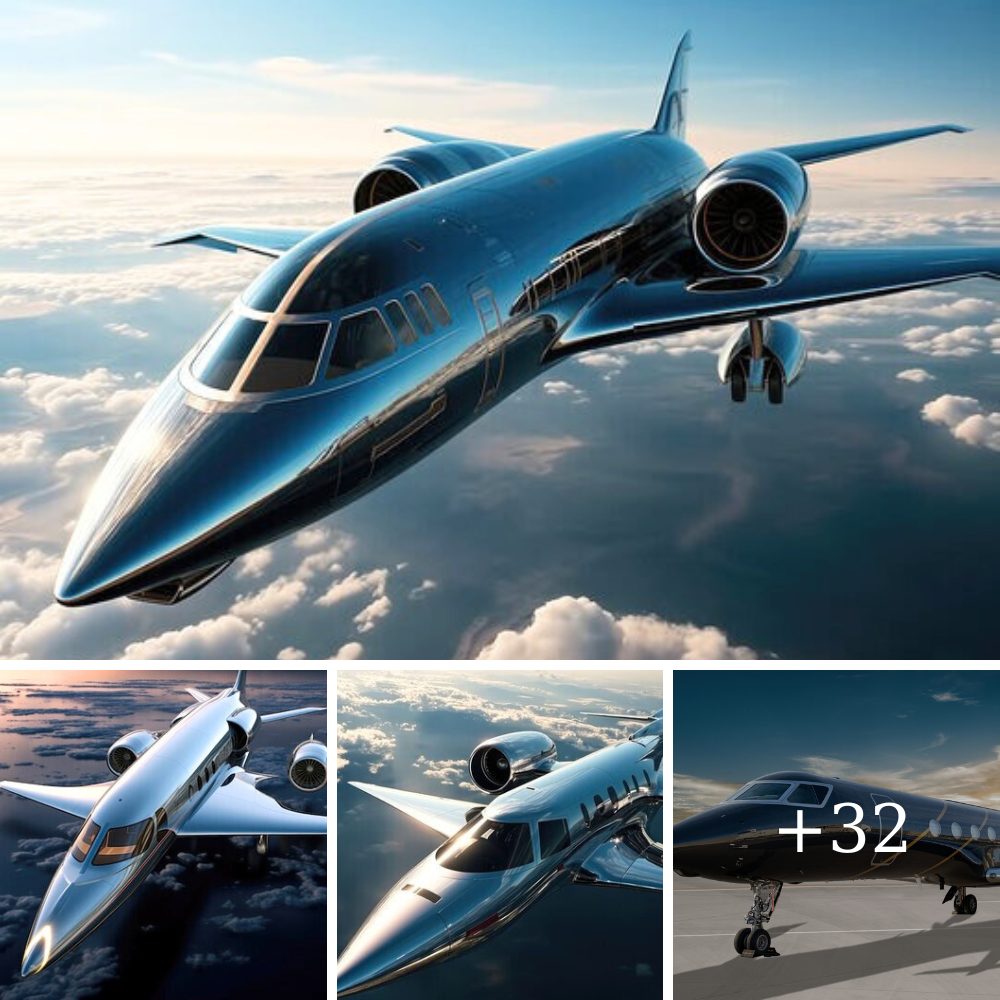A short 14 years after its first commercial flight, the Airbus A380 has already been retired by several airlines with the production of the aircraft ceasing. Despite being an engineering marvel and the world’s largest commercial aircraft, the Airbus A380 was a failure in the aviation market. Through this article, you will learn why the Airbus A380 did not succeed.
 Emirates Airbus A380 © Emirates
Emirates Airbus A380 © Emirates
What is the Airbus A380?
The Airbus A380 is the world’s largest commercial aircraft, seating up to 853 passengers in an all-economy configuration. Being the only commercial aircraft to have two full decks, the Airbus A380 is an engineering marvel. Since its first commercial flight in 2007, the Airbus A380 has had 251 orders, with 123 of them belonging to Emirates Airlines (as of March 2021). However, many airlines are retiring this jet or putting it in long-term storage due to the COVID-19 pandemic.
 ANA Blue Flying Honu an Airbus A380 © ANA AirlineWhy it failed
ANA Blue Flying Honu an Airbus A380 © ANA AirlineWhy it failed
The Airbus A380 has already closed production and is testing its last ever aircraft, after a short 14 years of production, compared to other long-haul jets like the Boeing 747, which was in production for over 50 years! Here are some reasons why the A380 was a failure.
The A380 was too big

Many airlines did not order the Airbus A380 due to its gigantic size. With a wingspan the size of almost 3 Boeing 737s, it was almost impossible to fill the Airbus A380 to the brim on any route, even the most popular ones. Also, because of this, the Airbus A380 could only land at a selected 140 airports, which had to be renovated to have bigger gates that were compatible with the A380.
The A380 was inefficient
With size, comes more problems. The A380 required four engines to fly, which was very inefficient for airlines due to the increased fuel burn. To put things into perspective, the smaller Boeing 787 with two engines burns 5400 litres of fuel an hour, while the Airbus A380 burns more than two times that per hour! However, it was worth it for some airlines so that they could improve their product and increase their reputation.
 Qatar Airways Airbus A380 | ©Airline Ratings
Qatar Airways Airbus A380 | ©Airline Ratings
Rising fuel prices after 9-11
After the crisis that happened on September 11th, 2001, fuel prices suddenly shot up, decreasing the popularity of 4-engined jets. However, at that time, Airbus already spent a lot of cash on the research and development of the Airbus A380 and it was too late to back down. For comparison, the jet fuel prices in 1999 were 0.334 dollars per litre while in 2013, 3.091 dollars per litre!
Airbus’s wrong predictions
In the early 2000s, Airbus predicted that the future of aviation was going to be big long-haul aircraft, such as the Boeing 747, as the hub-and-spoke model was becoming more popular among airlines. The hub-and-spoke model meant that smaller jets would fly from a less popular airport to a hub airport and fly to another hub airport, then to a less popular airport. For example:
 An example of a Hub and Spoke Model
An example of a Hub and Spoke Model
However, the trend changed and the hub-and-spoke model is not as popular nowadays as compared to other strategies.
COVID-19
Due to the COVID-19 pandemic, there has been a huge drop in air travel demand and lockdown restrictions started being implemented, drastically reducing the number of flights and passengers onboard them. Due to this, many airlines started turning to smaller, more efficient aeroplanes, such as the Airbus A220, and retiring or storing their bigger four-engine jets, such as the Airbus A380 or Boeing 747.





